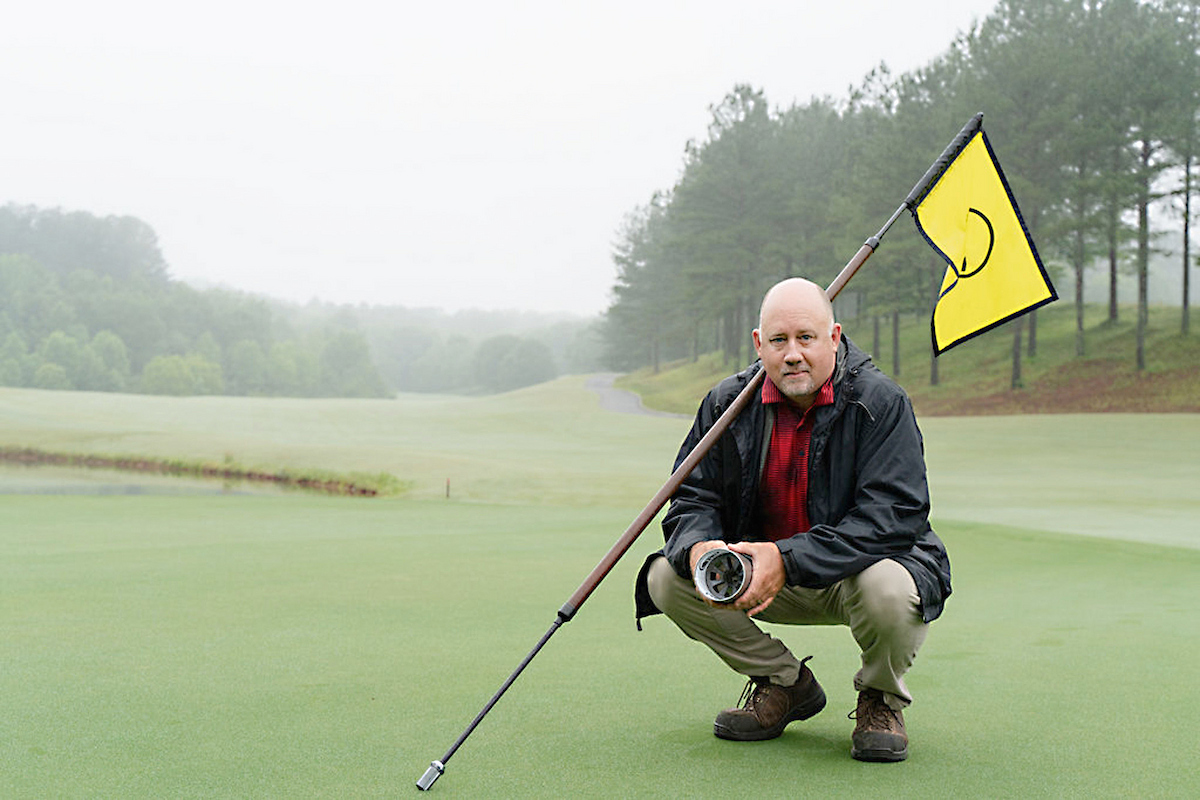It’s a plaintive cry heard in many Georgia landscapes each
summer: “My azaleas are
dying! I spent good money for them at the nursery this spring,
and now they’re wilting.
Why? Why?!”
You might have noticed in May that your newly planted azaleas
were drooping in
90-degree heat. Now that summer’s hottest is here, the leaves
may
be brown at the edges or
even crisp all over.
Next spring, you’ll be left with only a mass of dead twigs
where your azalea once stood
proud. It’s a waste of money and effort to plant azaleas only to
have them die. So why do
so many of them meet an early demise?
No. 1 Cause of
Death
The No. 1 cause of death for young azaleas is failing to
have water where the
roots are growing during their first year in your landscape.
Where are the roots? For the first month, 95 percent of them
are still growing in the
root-ball potting mixture, just as they were back at the
nursery.
The azalea roots don’t begin exploring the surrounding soil
until the plant has become
accustomed to the site where you planted it. That means you
should apply water only at the
base of the plant for the first month.
Best Way to
Water
The best way to water is with a hose set to a slow trickle.
The small stream of water
will saturate the root ball without washing away the surrounding
soil.
The laws of physics declare that water moves from coarse soil
(the potting soil) to
fine soil (natural earth), and not the reverse. The clay soil in
many Georgia gardens is
constantly sucking water away from your azalea’s root ball.
Soak the soil beneath — not around — each plant at least
once each week.
After one month, begin watering both under and around each
plant. The roots will
accelerate their growth and will be encouraged to explore the
surrounding soil.
Water-soluble
Fertilizer
Then apply a water-soluble fertilizer like Miracle-Gro or
Peters at half-strength. New
leaves will appear, photosynthesis will increase and the roots
will elongate even more.
The heat of the summer brings a transition time for shrubs.
They should be able to find
their own water in the soil and tolerate a few dry days without
wilting.
You may need to keep watering during this drought, but don’t
water every day. This
makes the plants too dependent on you.
Remember, put the water where the roots are, and your azalea
will reward you with
vigorous growth, pest resistance and years of carefree
maintenance.



